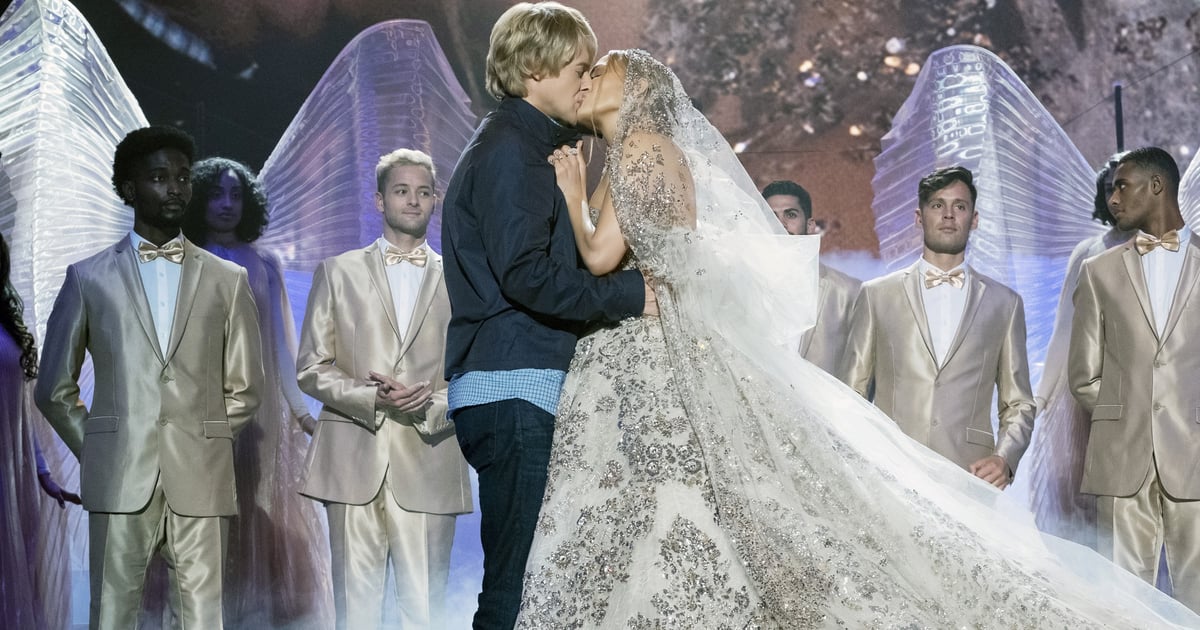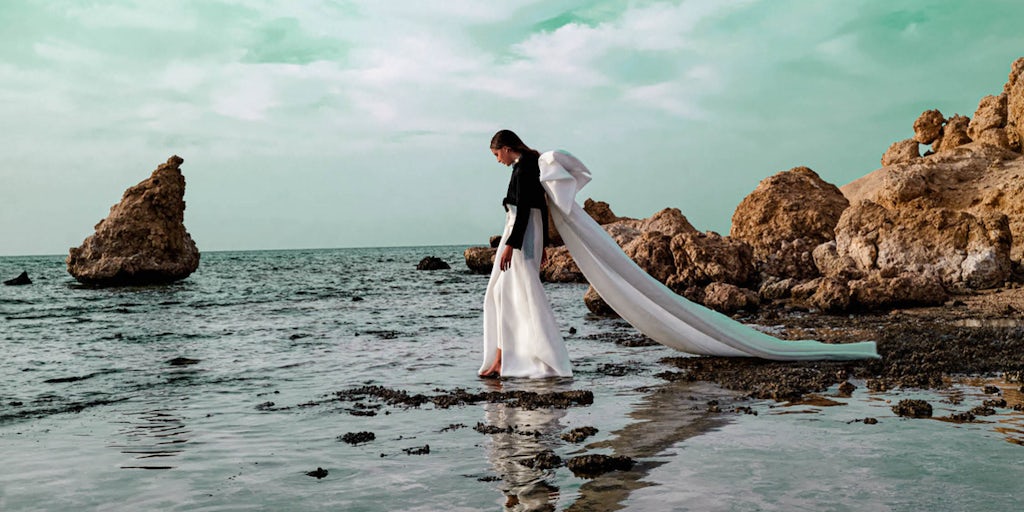New shopping platforms aim to make sneakers more accessible – Glossy
Being into sneakers is an expensive hobby. It involves fighting bots to gain access to new releases on the day they drop or spending hundreds, or even thousands, above retail value by going through a reseller the next day.
It’s a problem that could limit the growth of the segment. While the exclusivity and limited availability of sneakers have driven massive sales over the last five years, making sneakers an $80 billion market, they’ve also risked alienating more casual consumers. So now, new sneaker and streetwear platforms are challenging the idea that streetwear needs to be ultra-exclusive or ultra-expensive.
Kyx World, a new sneaker rental and try-before-you-buy platform co-founded by CEO Brian Mupo, launches on Tuesday. It’s focused on granting more affordable access to the highest-end exclusive sneakers like the Air Jordan Union LA x 4 Retro Off Noir and the Adidas Yeezy 700 V3 Clay Brown.
Its business model is simple: Customers sign up for a monthly delivery of sneakers organized in four tiers: $9 a month for one pair, $129 a month for two pairs, $249 for three pairs and $399 for four. The customer can pick their desired shoes, as long as their combined resale value does not exceed the budget for each tier. The lowest tier cannot exceed $300 per month, while the highest tier has a limit of $2,000.
They keep the shoes for one month, then have the option of either swapping them out for another pair, keeping them for one more month or buying them. Customers can, essentially, treat it like Rent the Runway, paying a monthly fee to swap out sneakers, or like Stitch Fix, using the deliveries as a try-before-you-buy purchase option.
According to Mupo, most of the pricing tiers are more affordable than what the average sneaker consumer spends. According to a StockX survey, the average sneaker consumer spends $314 a month on sneakers.
At the time of the launch, Kyx World had close to 900 members and 3,000 pairs of shoes in its inventory, many of which were brand new. Product is sourced from resellers, who sometimes get new drops early, meaning Kyx World can frequently have a brand new sneaker in a customer’s box the day of — or even a day before — it releases.
Kyx is launching with a short film as its main promotional content, which will be posted on its social channels, signal-boosted by sneaker influencers and reposted by executive creative director Jeff Staple to his 300,000 Instagram followers. Mupo said the company brought on Staple to help make Kyx World a recognizable brand in itself, and not just a platform for acquiring other brands.
“That’s a huge reason why Jeff is our creative director,” Mupo said. “He has such a strong foundation in branding. It’s important to create a strong brand in the [streetwear] industry. We have Kyx World socks we sell, and all that merch and stuff plays into the branding strategy. It works, because streetwear consumers can be very brand allegiant.”
Trill is another streetwear platform seeking to make the category less expensive, according to CEO Rahul Tiwari. Launched only last year in October and already hitting $250,000-$300,000 in sales each month, Trill is a marketplace for independent streetwear designers outside of the big players like Nike and Supreme.
Tiwari’s team recruits designers, usually new independent designers with minimal sales and little online presence, and helps them get off the ground. Early designers were handpicked from social media or referred by word of mouth, but now Tiwari said Trill gets between 40 and 90 designer applications per month, around only 10% of which are admitted.
Trill connects them with manufacturing partners in China and Bangladesh, which agree to smaller orders than the typical minimums, in exchange for Trill bringing them business. Then the product gets sold on the Trill site, positioned in an Instagram-like scrolling feed, and grouped together by category rather than by brand.
Tiwari said the goal is to get streetwear consumers to stop focusing only on the ultra-exclusive, high-end brands and open them up to the many smaller independent designers that can be found at much more affordable prices. In addition to making streetwear designs more affordable, he said it also creates a more equitable situation for the designers.
“Unlike the Farfetchs of the world, where the vast majority of their sales comes from Gucci or other big brands, our platform has a much more equal distribution of sales,” Tiwari said. He noted that the top selling 50% of the platform’s approximately 75 brands make up about 70% of the sales. “We see spikes, but it’s more across brands. Like if Kanye West wears jeans with flowers on them, anyone who makes floral pants sees a bump.”
Notably, both Kyx World and Trill have seen an increase in interest from female consumers, a segment typically underserved in streetwear. Mupo said, pre-beta, the team expected to have a 10-15% female shopper base, but it was actually 25%. Twiari said 70% of the designers on Trill are women or people of color.





